Regulation of filament dynamics during cell division
Life & Medical Sciences
When cells divide, the mitotic spindle, a microtubule filament-based macromolecular machine segregates the chromosomes to the daugther cells. At the spindle poles, microtubule growth is initiated, but microtubules are also depolymerized to pull the microtubules and the attached chromosomes towards the poles. How these apparently antagonistic activities - polymerization and depolymerization are coordinated at the poles is not understood. By rebuilding the competition between microtubule nucleation and depolymerization using purified proteins in vitro and observing the dynamics of individual microtubules by fluorescence microscopy, we found out how three spindle pole-localized regulators with microtubule nucleating, cutting, and depolymerizing activities work together to generate the correct microtubule dynamics as observed in cells. This work explains mechanistically why a particular combination of microtubule regulating activities is combined at the spindle poles and how these activities ensure correct spindle dynamics at this position of thye spindle which is needed for correct cell division.
Treadmilling microtubules: (Left) Schematic of the experimental set-up. A surface-immobilized microtubule nucleating complex (γTuRC) nucleating microtubule growth in the presence of regulators. (Right) Two example microtubules becoming nucleated (where the yellow arrow is) and being released after some time from the nucleator, and now "treadmilling" with one end growing and the other end shrinking, appearing to "move".
REFERÈNCIA
You may also like...
Including local cultures in metrics of extinction risk
2023
Social & Behavioural Sciences
Fundamental limits to learning mathematical models from data
2023
Experimental Sciences & Mathematics
Inaugural Global Maps of Surface Minerals in Arid and Semi-Arid Regions
2023
Experimental Sciences & Mathematics

